The Iranian tile and ceramic industry, steeped in a legacy that stretches back thousands of years, is a cornerstone of the nation’s economy and cultural heritage. Yet, it stands at a critical juncture, grappling with challenges like economic sanctions, outdated technology, and fierce global competition. Despite these hurdles, the industry brims with untapped potential—opportunities that, if seized, could propel it to new heights on the world stage. This article dives deep into the current landscape of the Iranian tile and ceramic sector, examines the obstacles it faces, and highlights the pathways to growth. Whether you’re an investor, a business owner, or simply curious about this dynamic industry, this guide offers practical insights and strategies to understand and navigate its complexities.
Historical Background and Current State
A Legacy of Craftsmanship
Iran’s tile and ceramic industry is rooted in a history that dates back to ancient civilizations. The Elamite period (2700–۵۳۹ BC) saw the creation of glazed bricks, while the Islamic Golden Age elevated tile-making into an art form, with stunning designs adorning mosques and palaces. Cities like Kashan became renowned as centers of ceramic excellence, a reputation that persists today. This rich heritage isn’t just a point of pride—it’s a competitive advantage that sets Iranian tiles apart in a crowded global market.
Production Capacity and Economic Impact
Fast forward to the present, and Iran ranks among the world’s top tile producers. The country boasts a production capacity of over 700 million square meters annually, though actual output lingers around 400 million due to various constraints. Employing over 100,000 people, the industry is a vital economic driver. In 2020, Iran exported roughly 100 million square meters of tiles, generating approximately $400 million in revenue, according to the Iranian Ceramic Producers Association. These figures underscore its significance, yet they also hint at the gap between potential and reality.
Export Markets and Global Standing
Iran’s tile exports primarily flow to neighboring countries like Iraq, Afghanistan, and Pakistan, with emerging interest from Central Asia and Africa. However, its global market share lags behind leaders like China, Italy, and Spain. Economic sanctions and logistical barriers have curtailed access to high-value Western markets, leaving Iranian producers to focus on regional opportunities. Understanding this export landscape is key to unlocking the industry’s broader potential.
Challenges Facing the Industry
Economic Sanctions: A Persistent Barrier
Few challenges loom larger than the economic sanctions imposed on Iran. These restrictions choke the industry’s access to international markets, stifle foreign investment, and block the import of cutting-edge machinery. For Iranian tile manufacturers, this means higher costs, limited growth, and an uphill battle to compete globally. Without a resolution to these sanctions, the industry’s ambitions remain tethered to a constrained reality.
Technological Limitations: The Cost of Obsolescence
Many Iranian tile factories operate with machinery that’s decades old—some over 20 years past its prime. This outdated technology hampers efficiency, drives up production costs, and compromises product quality. In a world where precision and consistency are king, these limitations make it tough for Iranian tiles to match the standards of competitors in premium markets. Modernization isn’t just an option; it’s a necessity.
Global Competition: A Race to Keep Up
The global tile market is a battlefield, with countries like China, India, and Turkey dominating through low costs and advanced production capabilities. China’s economies of scale and India’s government-backed subsidies allow them to flood markets with affordable tiles, while Turkey’s proximity to Europe gives it a logistical edge. For Iran, this competition squeezes profit margins and demands a sharper focus on quality and differentiation to stay relevant.
Internal Struggles: Overproduction and Price Wars
Within Iran, the industry faces a self-inflicted wound: overproduction. With capacity outstripping domestic demand, factories churn out more tiles than the market can absorb. The result? A surplus that sparks price wars, driving down profitability. Many producers sell below cost just to move inventory, leaving little room for reinvestment in technology or innovation. This internal chaos compounds the external pressures the industry already faces.
Opportunities for Growth
Cultural Heritage: A Unique Selling Point
Amid these challenges lies a golden opportunity: Iran’s unparalleled cultural heritage. Persian tile designs—think intricate patterns, vibrant colors, and timeless artistry—offer something mass-produced tiles from other countries can’t replicate. By marketing this authenticity, Iranian producers can target niche markets that prize craftsmanship, from luxury homes to heritage restoration projects. It’s a chance to turn history into profit.
Technological Innovation: A Path to Efficiency
Upgrading to modern technology could be a game-changer for the Iranian tile industry. Digital printing, energy-efficient kilns, and automated production lines promise higher quality, lower costs, and greater output. While the initial investment is steep—especially under sanctions—the long-term payoff could position Iran as a serious contender in the global market. It’s about working smarter, not just harder.
New Export Horizons: Beyond the Neighborhood
Sanctions may close some doors, but others remain wide open. Rapid urbanization in Central Asia, Africa, and the Middle East is fueling demand for construction materials like tiles. Iran’s geographic proximity and competitive pricing make it well-placed to capitalize on these markets. Expanding export efforts here could diversify revenue streams and reduce dependence on traditional buyers, offering a lifeline for growth.
Government Support: A Catalyst for Change
The Iranian government holds a critical key to the industry’s future. Policies like tax breaks for exporters, subsidies for tech upgrades, and trade agreements could ease financial burdens and boost competitiveness. Encouraging public-private partnerships for research and development could also spark innovation. With the right support, the industry could shift from survival mode to a proactive pursuit of global leadership.
Case Studies of Success
Alvand Tile Company: Modernization Pays Off
Based in Hamedan, Alvand Tile Company is a beacon of what’s possible. By investing in state-of-the-art Italian machinery, the company has slashed inefficiencies and elevated its product quality. Today, Alvand exports to over 20 countries, including pockets of Europe and the Middle East. Its success proves that modernization, even in tough times, can break through barriers and open new markets.
Persepolis Tile Company: Art Meets Commerce
Persepolis Tile Company takes a different tack, focusing on high-end, artistically inspired tiles rooted in Persian tradition. Their products grace luxury hotels and upscale residences, both in Iran and abroad. By prioritizing design over volume, Persepolis has carved out a profitable niche, showing that innovation doesn’t always mean machines—it can mean creativity, too.
Strategies for the Future
Invest in Research and Development
The future of the Iranian tile industry hinges on innovation. Investing in R&D can yield new designs, glazes, and production techniques that set Iranian tiles apart. Imagine tiles that mimic ancient Persian styles but with modern durability—products that blend heritage with cutting-edge appeal. This requires funding and expertise, but the rewards could redefine the industry’s trajectory.
Boost Marketing and Branding
In a digital age, visibility is everything. Iranian tile producers need to step up their marketing game, building websites, joining online trade platforms, and showcasing their wares on social media. Highlighting the cultural story behind each tile can resonate with buyers worldwide. It’s not just about selling a product—it’s about selling a legacy.
Forge International Partnerships
Collaboration could unlock doors that sanctions have slammed shut. Partnering with foreign firms—through joint ventures or licensing deals—can bring in technology, expertise, and market access. Picture an Italian design firm teaming up with an Iranian producer: a fusion of style and craftsmanship that could conquer new territories.
Embrace Sustainability
Green is the new gold. By adopting eco-friendly practices—think recycled materials, energy-saving kilns, and reduced waste—Iranian tile makers can tap into the growing demand for sustainable products. Certifications for environmental standards could also open doors to markets that prioritize planet-friendly goods. It’s a win for the industry and the world.
Conclusion
The Iranian tile and ceramic industry stands at a pivotal moment. Economic sanctions, outdated technology, and global competition cast long shadows, but the opportunities—rooted in heritage, innovation, and untapped markets—shine even brighter. Companies like Alvand and Persepolis show that success is within reach, whether through modernization or creative differentiation. With strategic investments in technology, smarter marketing, international collaboration, and a nod to sustainability, Iran’s tile sector can not only survive but thrive. The challenges are real, but so is the potential. By turning threats into stepping stones, this ancient industry can claim its place as a modern global powerhouse.
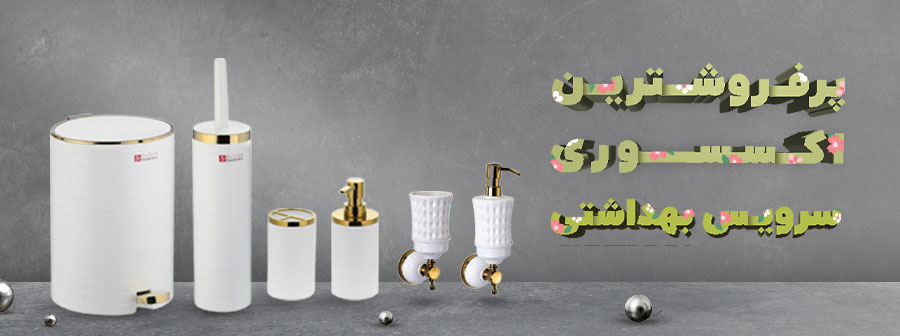
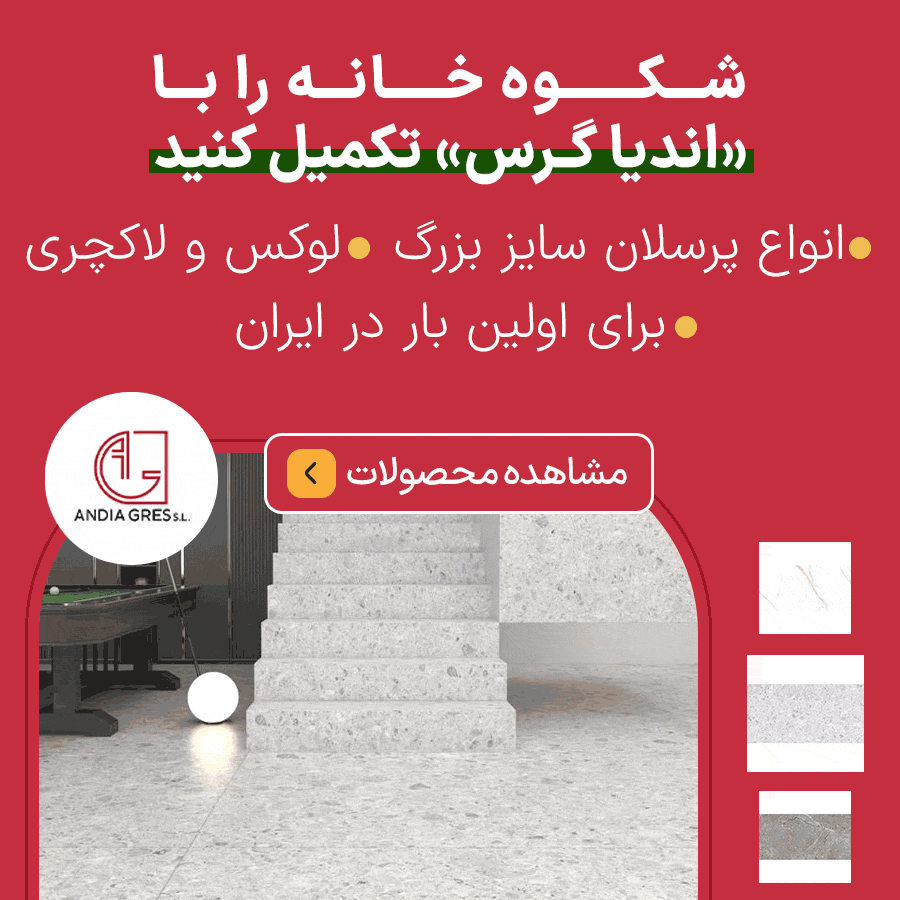
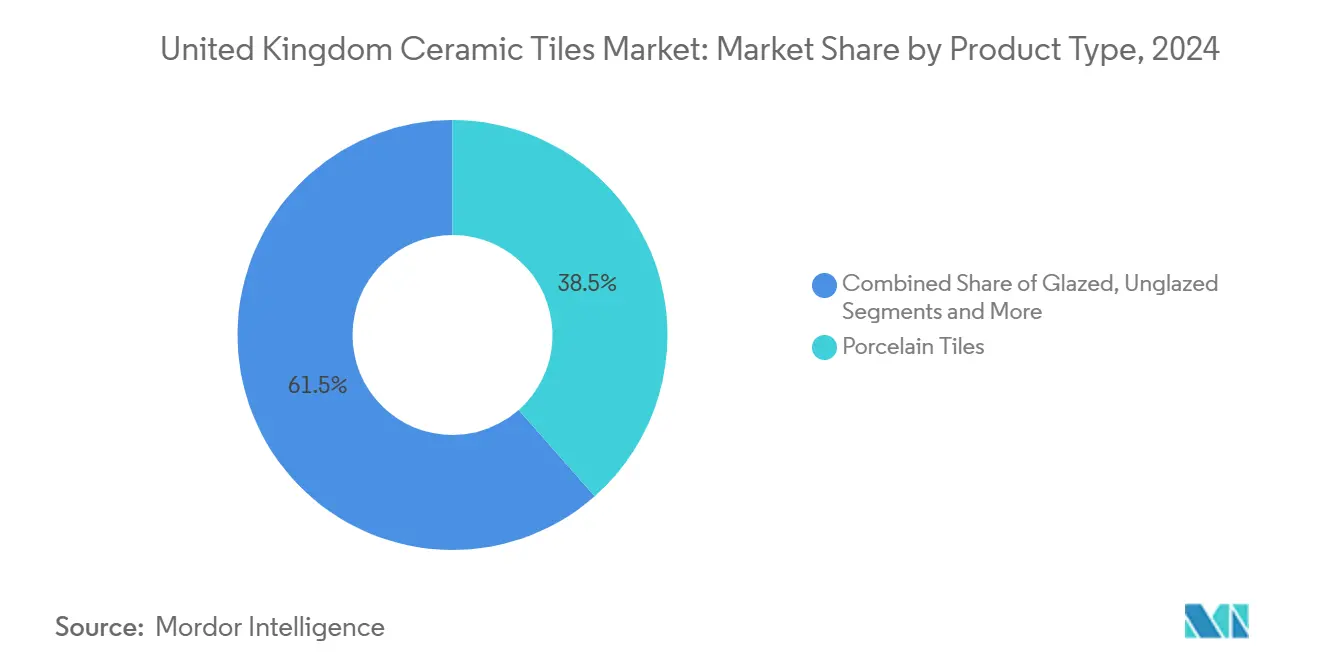

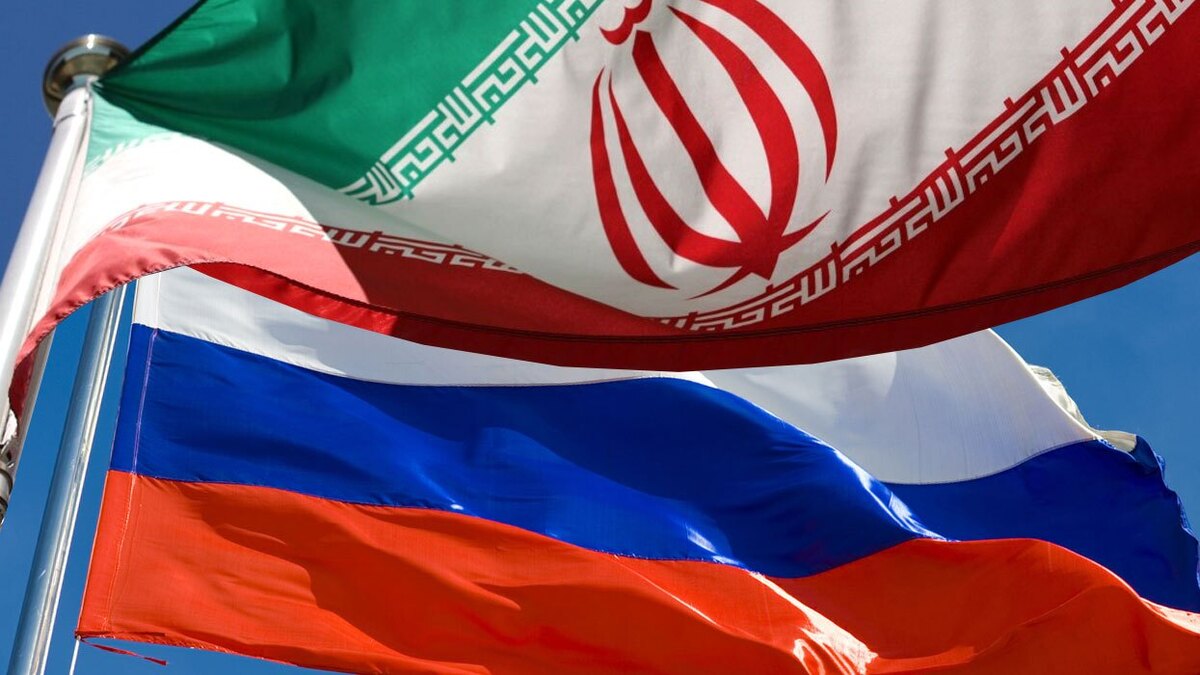

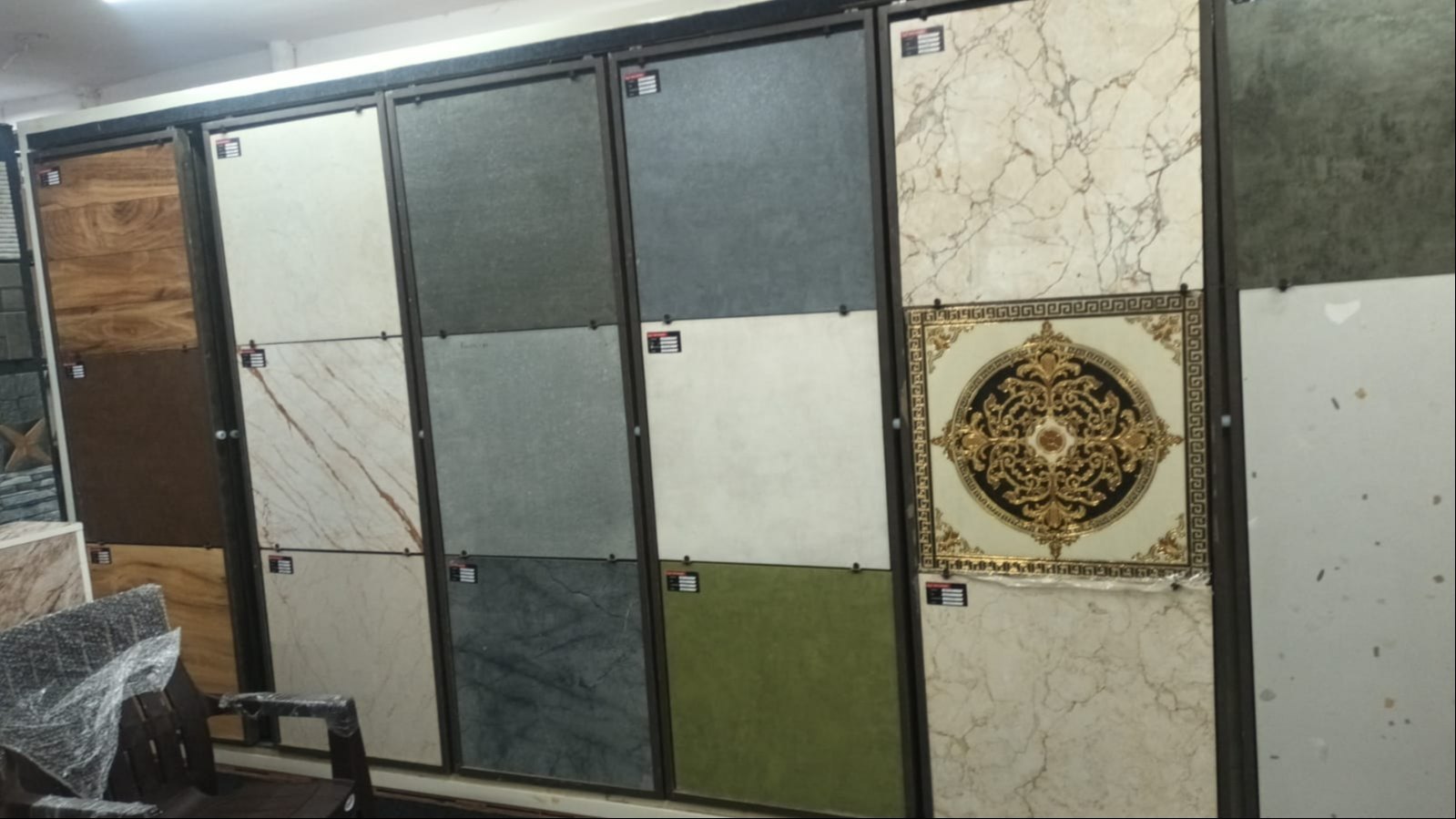
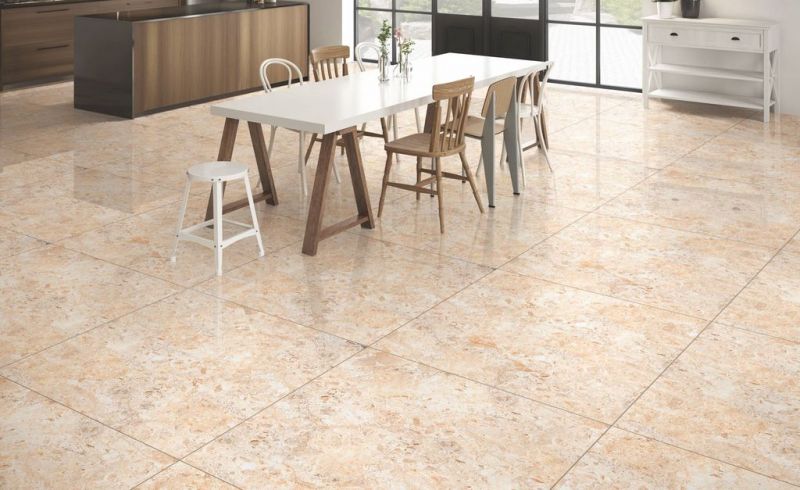
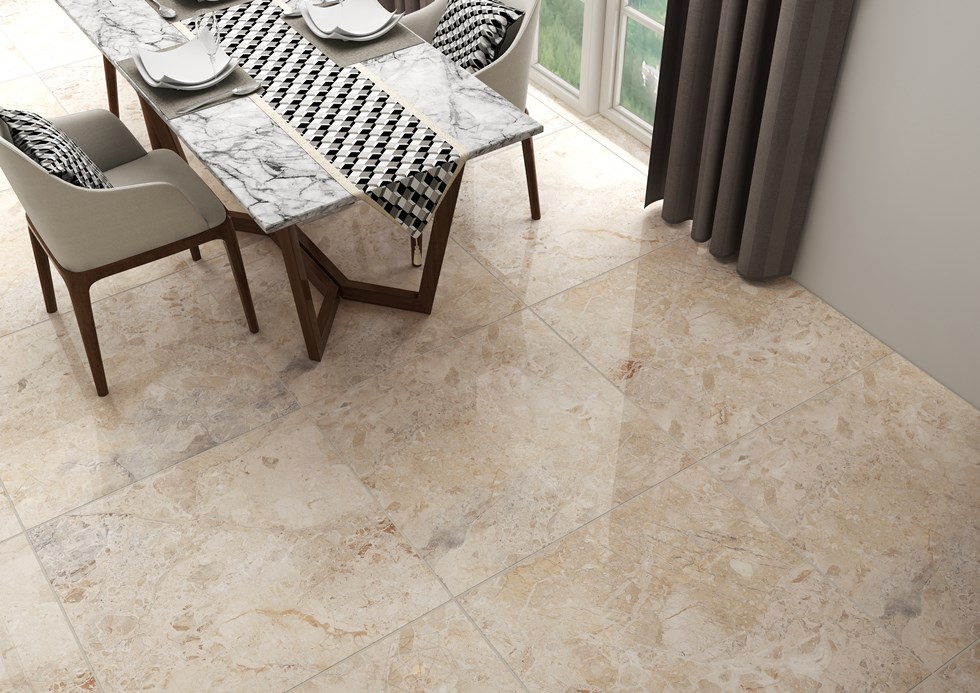
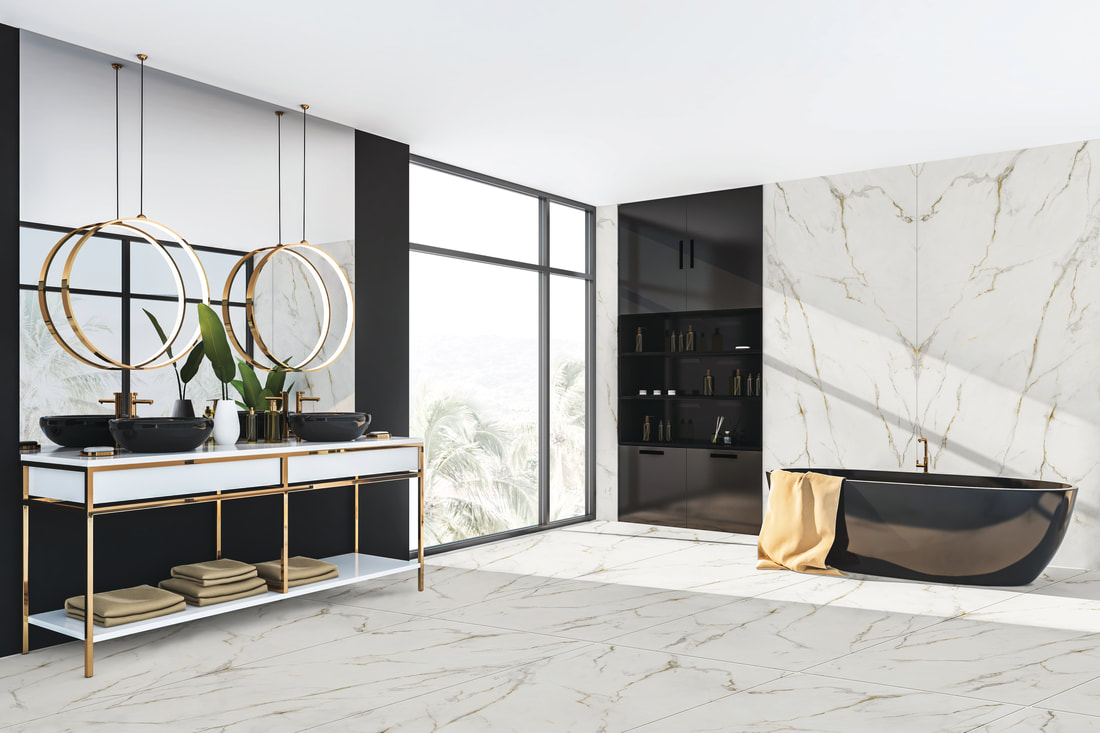
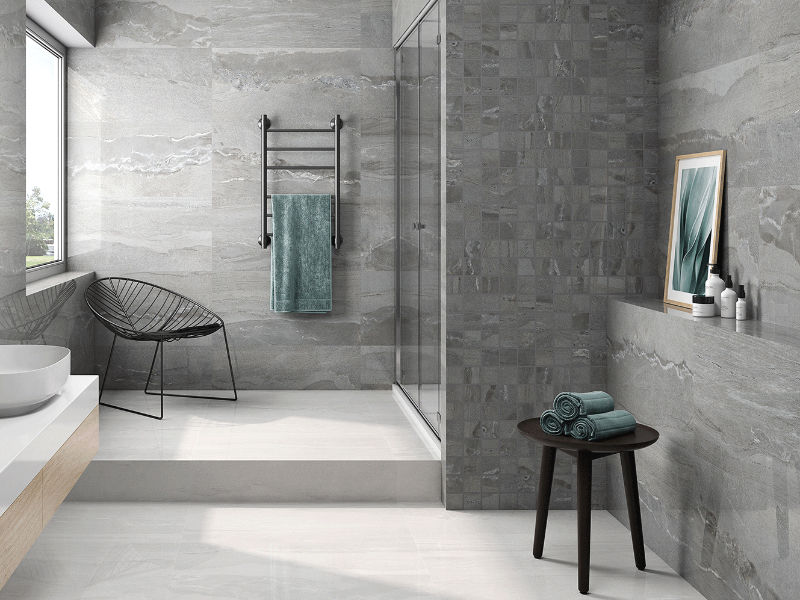
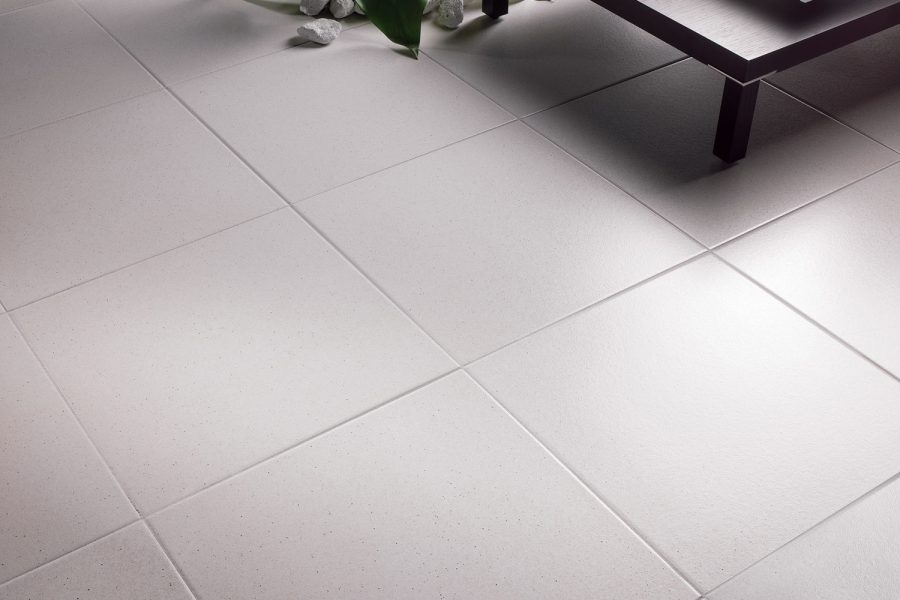
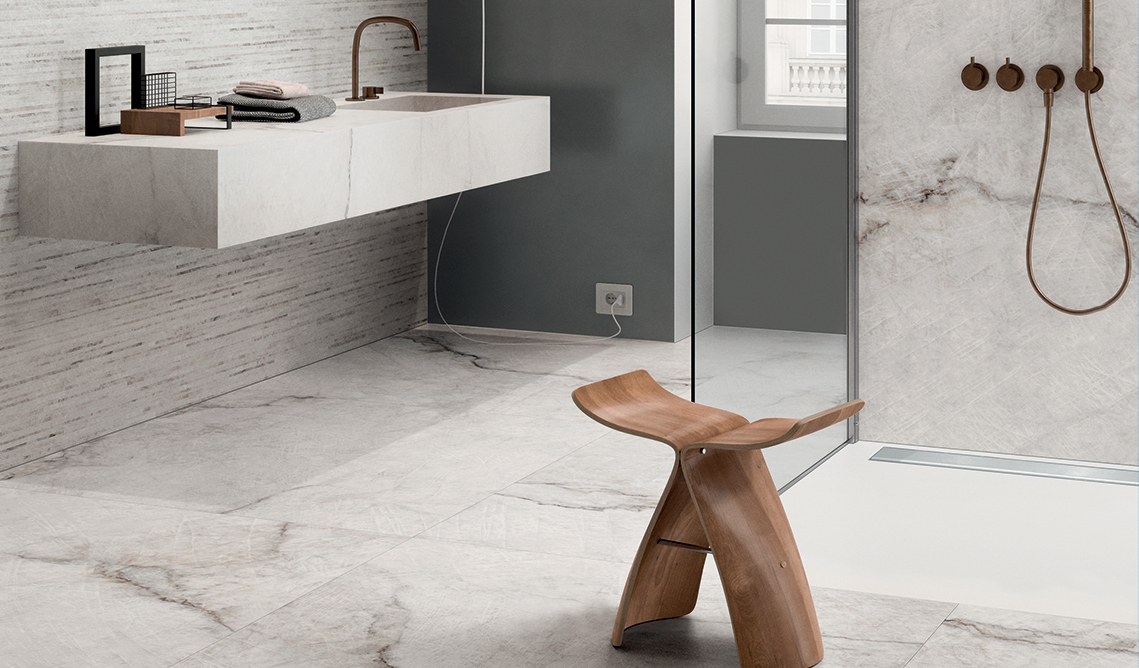
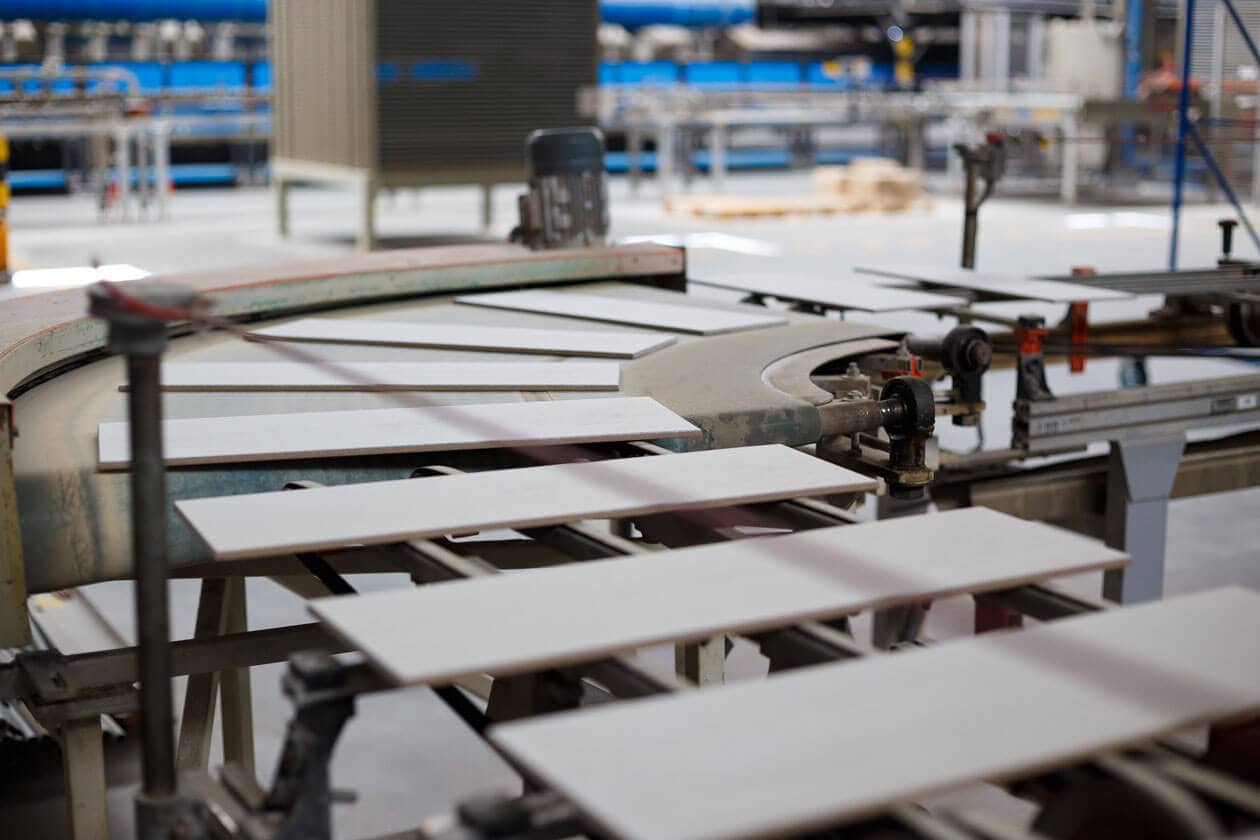
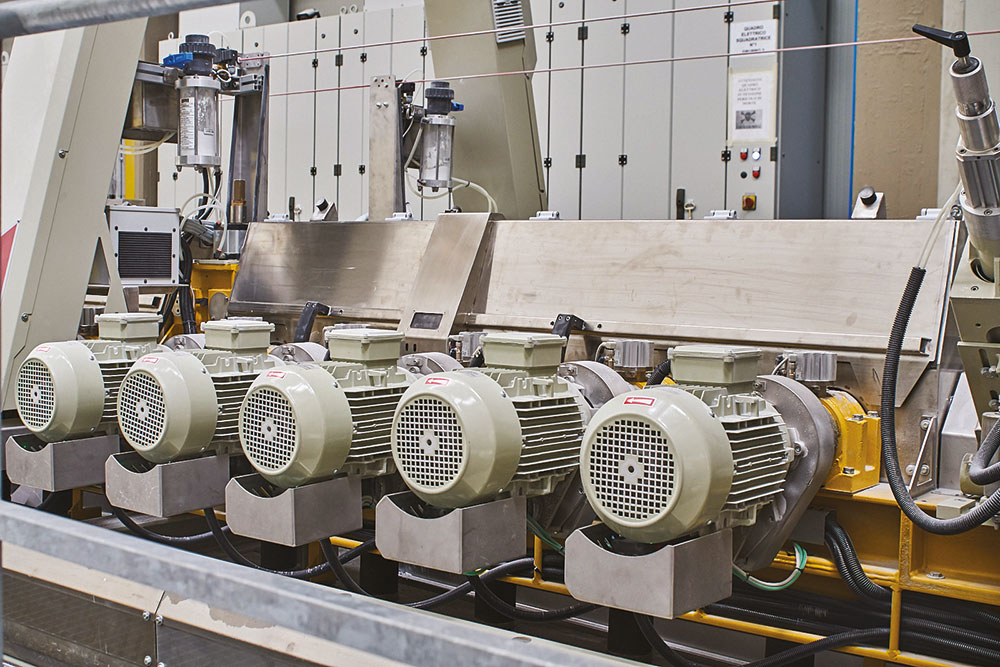
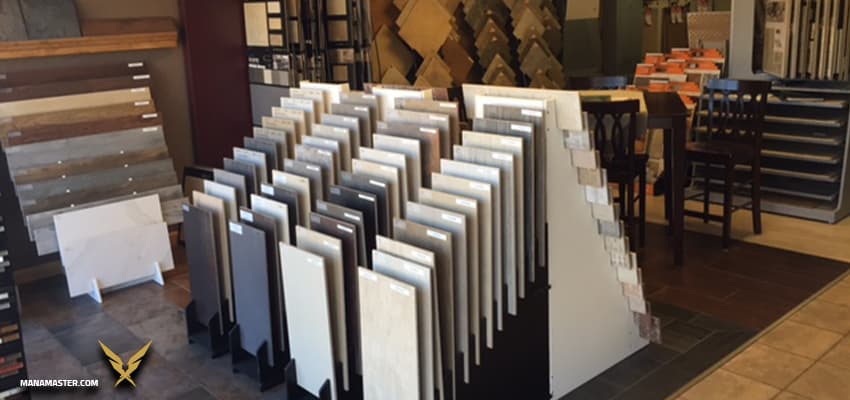
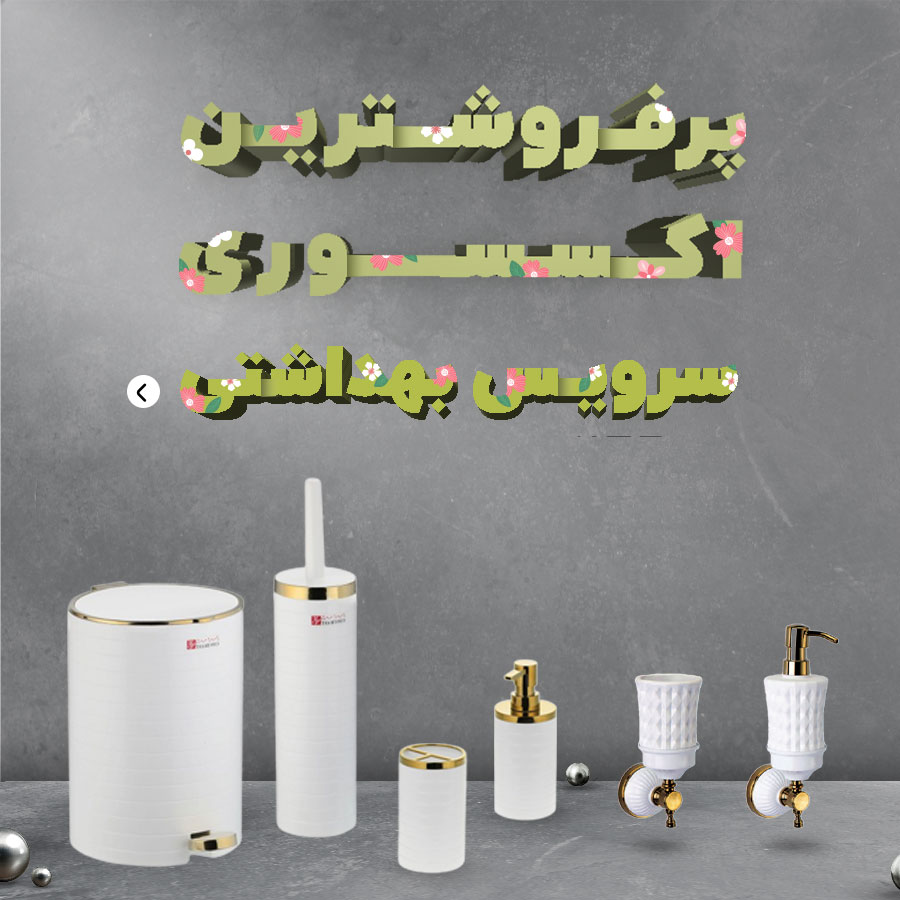
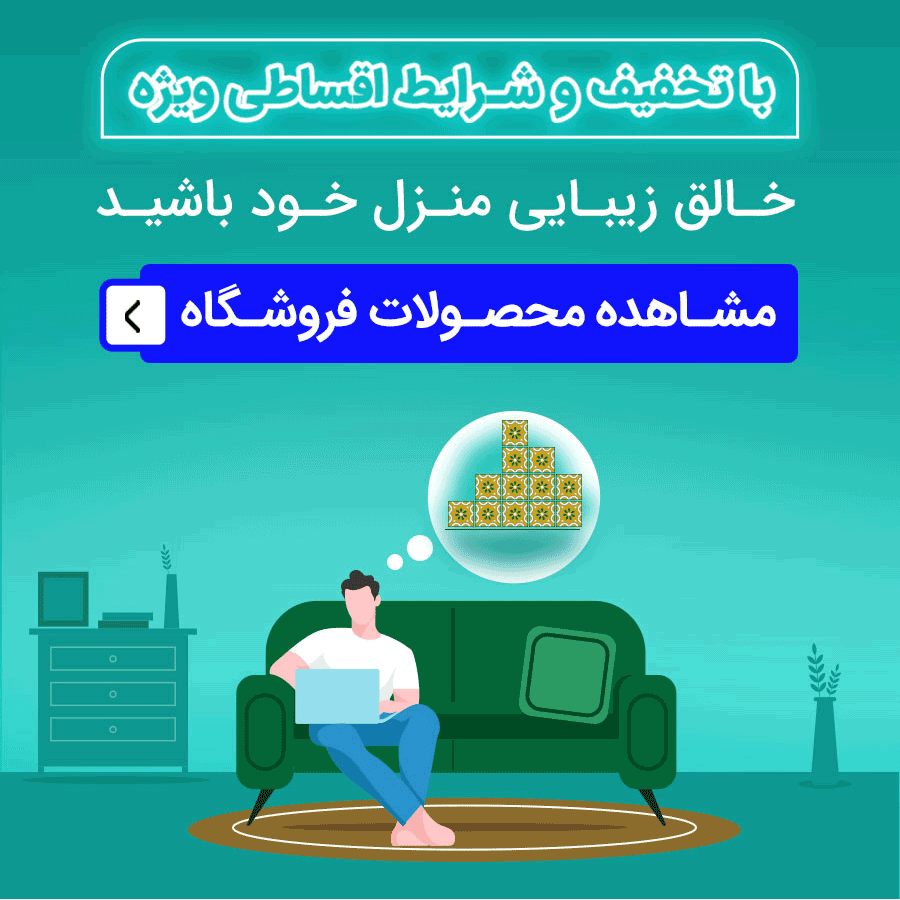
نظرات ۰